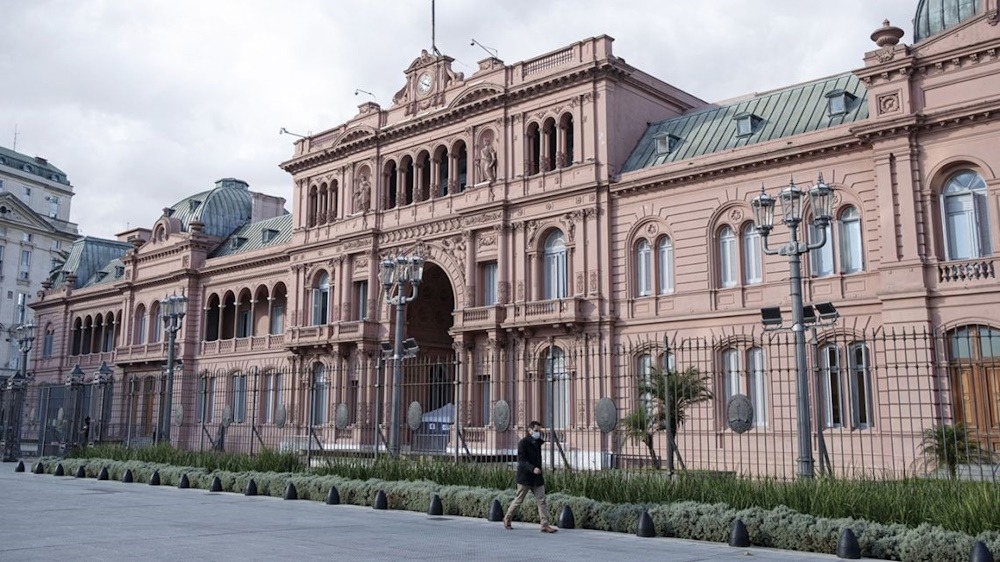Argentina’s local debt auction on Wednesday did not meet market expectations, as President Javier Milei’s administration managed to roll over only 61 percent of maturities in a crucial auction. Analysts suggest that this outcome may lead to a depreciation of the peso.
The Treasury executed a rollover of 9.1 trillion pesos from the 15 trillion pesos in short-term papers that matured today, simultaneously injecting nearly six trillion pesos into the economy to cover the remaining financing needs. The total maturities accounted for approximately one-third of the entire money supply within the economy.
The authorities provided annualised yields of as much as 69.2 percent, surpassing the previous record of 65 percent achieved on Monday. This situation illustrates a liquidity crunch within the local financial system, a consequence of the Central Bank’s decision to increase reserve requirements in an effort to manage inflation and alleviate pressure on the currency.
“Something clearly went wrong,” remarked Juan Manuel Pazos, chief economist at local broker One618. “They injected six trillion pesos at rates of up to 70 percent.” It appears to be quite clear in its implications. Experts had cautioned that a debt rollover rate falling below 90 percent could exert pressure on the exchange rate, as it would necessitate the government to infuse new capital into the economy to settle the segment of the notes that it could not refinance.
Such developments could instigate upward price pressures – analysts have noted that July monthly inflation is on the rise – and may adversely affect Milei’s approval ratings in the lead-up to elections in the crucial province of Buenos Aires next month, as well as the midterms in October. According to Ramiro Molina, an analyst at StoneX, the government failed to endorse the rates that the market, constrained by a shortage of pesos, required to refinance the debt. “Most likely, tomorrow we will see some weakness in the peso,” he stated.
In July, Argentina’s currency experienced a decline exceeding 13 percent, marking its most significant depreciation since Milei implemented the peso devaluation at the onset of his administration in 2023. The increase in dollar demand preceding the local elections aligns with a typical seasonal downturn in agricultural export volumes, which are a primary source of foreign currency in South America’s second-largest economy. The peso has subsequently regained a portion of its losses, coinciding with a widespread upturn in risk assets.

